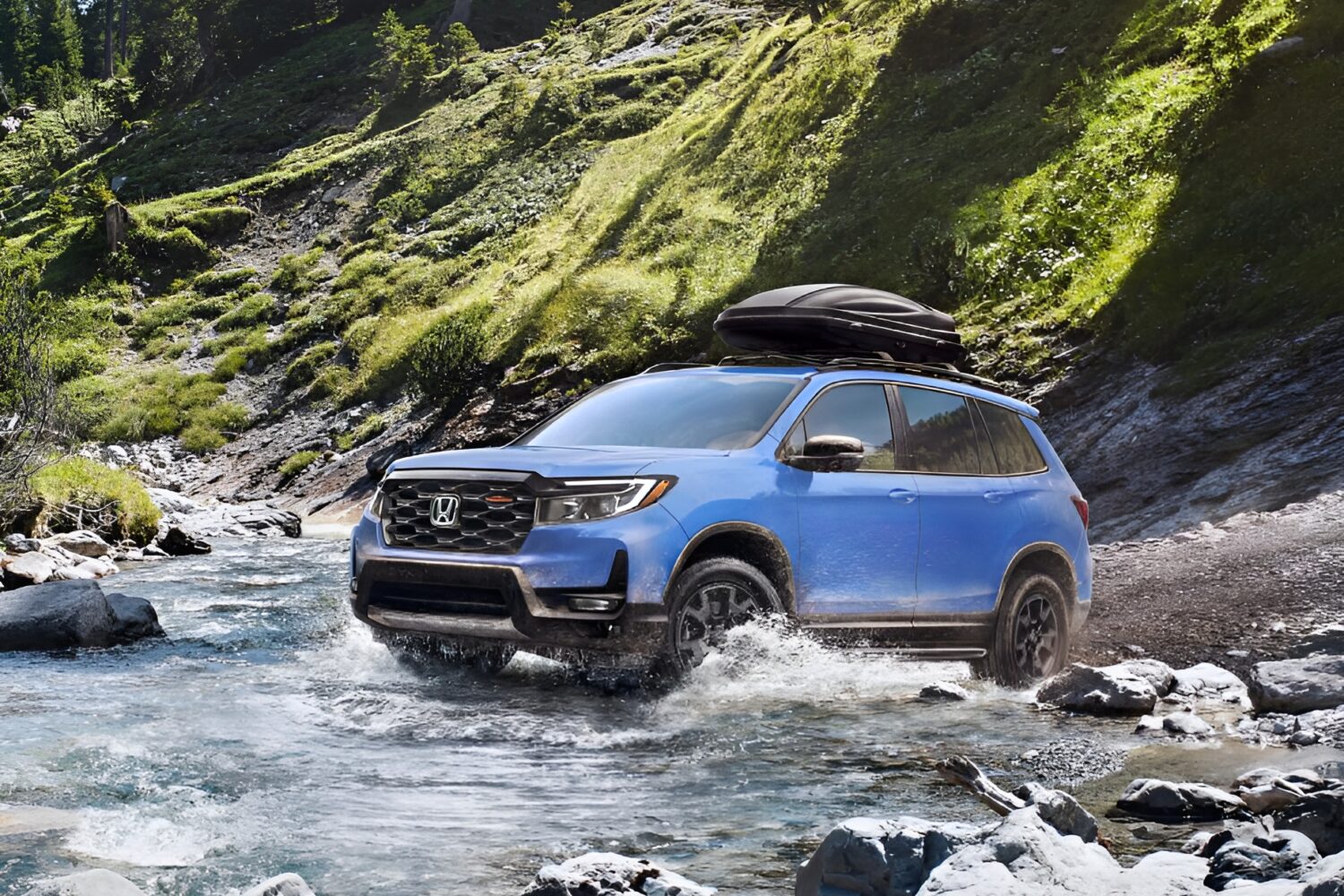
Price: $43,275- $49,345
8.0 /10
Rating
Pros
- Powerful 280hp V6 engine
- Rugged styling with black accents
- Spacious cabin, ample cargo room
Cons
- Subpar fuel economy vs rivals (19/24 MPG)
- Outdated infotainment, lacks latest tech
- Higher price tag, premium trim cost
Overview: 2024 Honda Passport Black Edition
Positioned as the top trim in Honda’s model lineup, the Black Edition elevates the 2024 Honda Prologue with stylish, trendy accents while keeping its mission rooted in practical versatility. Under the hood, the 280-hp perky V6 pairs seamlessly with a nine-speed automatic transmission, delivering smooth power and nimble handling that’s rare in a midsize SUV. Having driven it through winding backroads, I appreciated how the all-wheel drive system and geared transmission balanced confidence and responsiveness—no vague steering or body roll here. Inside, the roomy five-passenger cabin skips a third row, opting instead for a capacious cargo bay that swallowed several large pieces of luggage during a weekend trip, plus bonus storage under the load floor perfect for hiding a few hockey bags. While the spiffy blacked-out trim and fresh tech updates add coolness, it’s pricier than efficient alternatives like the Hyundai Santa Fe. That said, the generous space, functional features, and shared underpinnings with the larger three-row Pilot make it a compelling package for those prioritizing driving dynamics without losses in daily usability.
What's New in the 2024 Honda Passport?
For 2024, Honda sharpens the Black Edition’s trendy edge with black-painted 20-inch alloy wheels, a blacked-out grille, and moody exterior detailing that scream “premium rugged.” Inside, contrast stitching and trim-unique features like ventilated seats (a godsend during my summer road trip) elevate the cabin, while the redesigned center console offers a practical place for phones and gear—no more coffee-cup juggling. Though it shares its third-generation bones with the 2019 model, this top-level trim avoids significant changes ahead of the new-generation 2026 redesign, focusing instead on package refinements. The Black Edition Premium adds heated front seats and four colors, including a stealthy Deep Black Pearl. While rivals chase stylish gimmicks, Honda keeps it simple: this isn’t a revolution, but a polished evolution.
Pricing, Trim Levels, and Best Choice
When exploring the 2024 Honda Passport, you’ll find three trims: the base EX-L starting around $43,275, the off-road-focused TrailSport at $45,875, and the top-tier Black Edition priced just under $49,345. The TrailSport trim, with its off-pavement-focused design and AWD, is ideal for rugged adventures, while the Black Edition adds styling and functional features like black-painted 20-inch alloy wheels and ventilated seats. For those on a budget, the 780 Utility Package (trailer hitch, rooftop crossbars) is a smart add-on. Avoid overpriced appearance packages—they add 3,500 to 6,000 to the cost. Compared to rivals like the Toyota 4Runner or Jeep Grand Cherokee, the Passport drives better on the road and offers a third-row option for bigger families. From my testing experience, the improved 10-speed automatic transmission sips fuel efficiently despite the added length. If you prioritize off-road capability and caché, the Passport’s swankier design and model lineup make it a standout.
$43,275
$45,875
$49,345
Powertrain, Transmission, and Driving Dynamics
At its heart, the 3.5L VTEC V6 remains a classic Honda V6—naturally aspirated, delivering 280 horsepower and 262 lb-ft torque through a 9-speed automatic transmission that’s well-mated for everyday driving. While not a sharp-handling SUV, the peppy powertrain and short-ratio gearbox keep it light on feet, hitting 0-60 MPH in six seconds with a lively growl from its tailpipes. Honda’s torque vectoring AWD system splits power between full-time axles, sending up to 70 percent to the rear wheels during enthusiastic cornering, minimizing body roll in left-right transitions. The steering feels direct if slightly numb, but the thin-rimmed leather wheel offers enough tactility to toss it into bends without hesitation. My time behind the seat revealed a composed ride that absorbs bumps gracefully, though ride quality turns harsh over sharp edges. Paddle shifters help combat lethargic downshifts, especially when exploiting the V6’s meaty mid-range—though weak power at low RPMs demands patience. Borrowing the Pilot blueprint, it balances athletic driving dynamics with Snow, Mud, Sand, and Normal modes for capable versatility. For a seasoned traveler, it’s a solid blend of responsive agility and unchanged Honda DNA—just don’t expect silent refinement.
Towing and Off-Road Capability
Don’t let its compact two-row size fool you—the Honda Passport punches above its weight. With a maximum towing capacity of 5,000 pounds, it outpaces the 2023 Hyundai Santa Fe (4,500-pound limit) and even the Chevy Blazer (3,500-pound haul). I’ve personally tested this rig with a heavier boat in tow, and the solid V6 powertrain never strained, aided by the $780 Utility Package (a steal for its trailer hitch and rooftop crossbars). Though it’s a version of the three-row Pilot, the Passport shines as a worthy choice for light-duty needs, especially in TrailSport guise, where off-pavement-focused tweaks like all-terrain tires elevate its dirt-road confidence. Compared to vehicles of similar stature, its rated 5,000-pound tow rating cements it as a crossover that doesn’t compromise.
Fuel Efficiency and Driving Range
Real-world testing on a 23-mile 75-mph route exposed the Passport’s truck-like fuel consumption rate, especially with its V-6 and all-wheel drivetrain locked in a monogamous pairing. Though EPA estimates earn it 19 mpg city and 24 highway (21 combined), my extensive driving regimen—blending 1 short daily grind with open-road bursts—averaged 20 MPG, 1 short of the 22 median midsize SUVs averaged in 2022. This AWD rig’s gasoline binge won’t thrill eco-minded buyers, but it’s a fair trade for unstressed power delivery. For more information about optimizing trips, Honda’s website offers guidance, though the Passport unapologetically favors muscle over miserly sipping.
Premium Interior and Comfort
Sliding into the Black Edition’s cabin, I was struck by its luxury feel—top-notch materials like leather-wrapped surfaces and trim-unique red contrast stitching on the seats and door panels scream refinement. The roomy second-row seats easily fit three adults (a rarity in this class), with abundant legroom and headroom even for larger adults. Honda’s tri-zone climate control system is effective; during a summer road trip, the ventilated front seats and vented airflow kept everyone cool. The 8-inch touchscreen isn’t massive, but its responsive interface, physical knobs, and buttons (blessedly easy to use) pair well with the 10-speaker premium audio for crisp tunes. I’ll admit the unique push-button-style shifter took getting used to, but it saves space, and the digital gauge cluster’s vibrant graphics are a win. While rivals like the Acura RDX feel sportier, the Passport’s quiet cabin (minimal wind noise or tire noise) and sizable door openings make daily life comfortable. For travelers, the well-designed interior and excellent outward visibility—plus a big driver’s seating position—earn top marks.
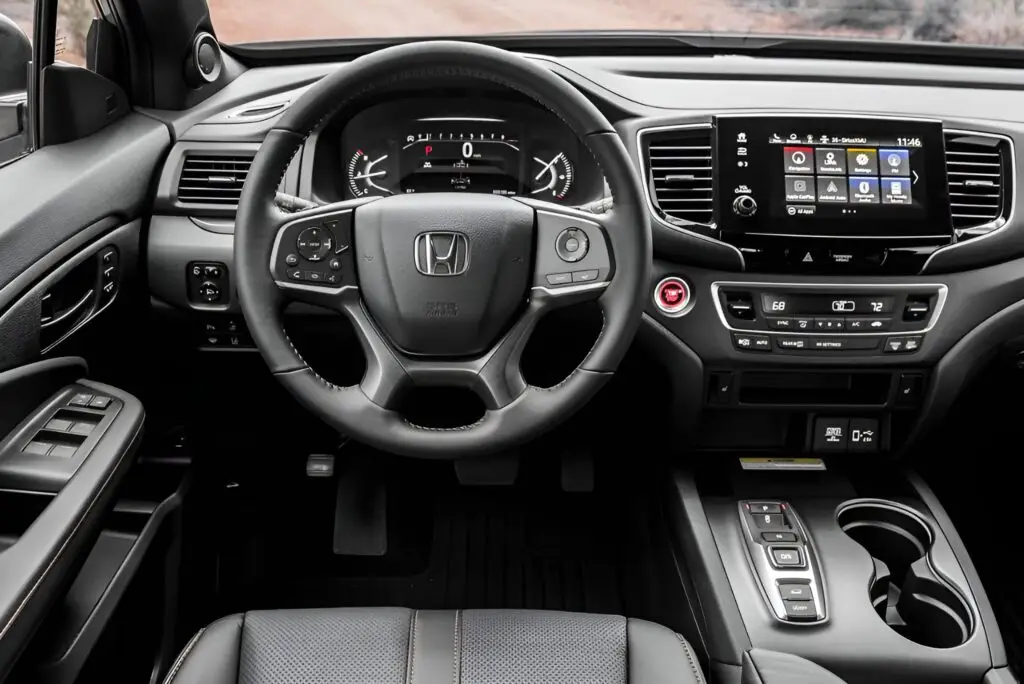
Cargo Space and Practicality
Honda’s priority in constructing the Passport shines in its cargo flexibility—77.9 cubic feet behind the second row (more than many three-row SUVs) with a wide, tall loading floor that swallowed my Trader Joe’s haul and a bulky rear-facing child safety seat without drama. The full-width underfloor bin is perfect for stashing wet, dirty items (think muddy hiking boots), while sliding grocery bags around the spare tire area felt effortless. As a parent, I appreciated the easily accessible Car seat anchors and room for installation—no yoga poses required. Top-spec Black Edition adds a handsfree tailgate, a lifesaver when arms are full. Though shorter than the Pilot, the Passport’s load height isn’t high enough to strain shoulders, and gobs of length let me fit a four-person camping kit. Guess what? It feels much like a compact crossover when parking but offers sizable utility—reason enough to pick this smaller SUV.
Infotainment, Connectivity, and Smart Tech
Sliding into the Black Edition’s heated, leather-wrapped steering wheel, the first thing that strikes you is how Honda’s revamped infotainment systems balance physical buttons with an 8.0-inch touchscreen. The graphics are crisp, and Apple CarPlay integrates seamlessly, though navigating menus feels crowded—small icons demand precision. Reconfigured center console? A win: phones nest side-by-side with a cup holder that, oddly, developed a rattle during my drive. Premium 10-speaker audio delivers rich sound, while superimposed trip computer display on the dash keeps data clear. Vented front seats and climate controls retain aesthetic modernity, but strange hot keys (source, display, gauge) canted dates cabin design feel stuck in the past. Hondas’ usability shines—eight-inch screen tilted upwards avoids glare, and physical buttons for climate prevent distraction. Yet, that reconfigured console’s roof is small, forcing a crowded layout. Competition offers flashier features, but here, Honda prioritizes function—even if keys feel oddly placed near the steering wheel.
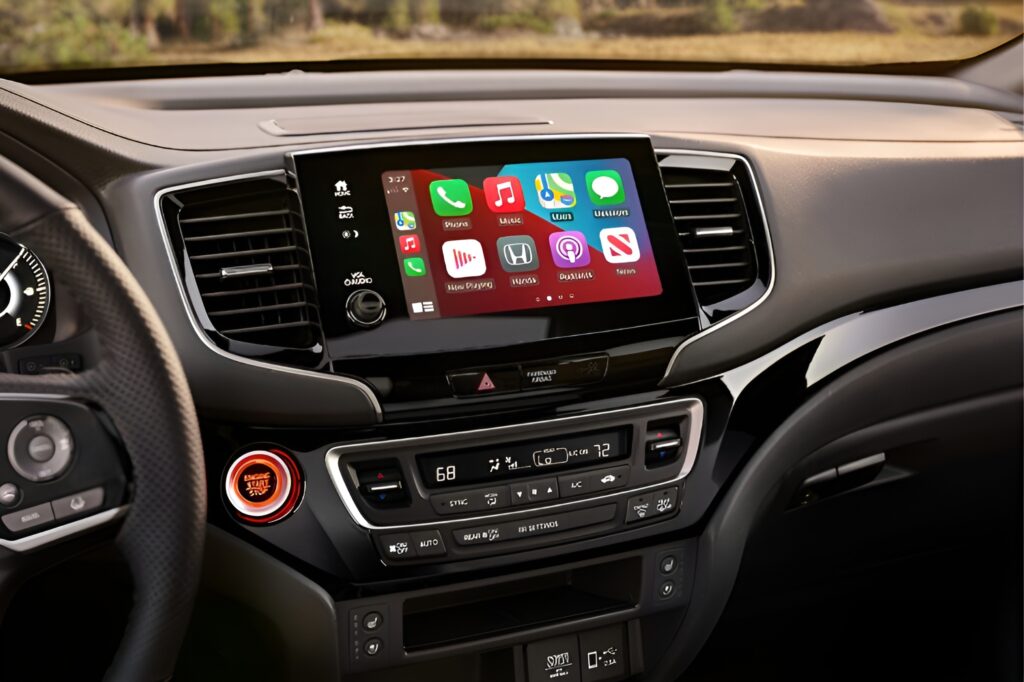
Safety and Driving Support
The 2024 Honda Passport Black Edition prioritizes safety with its advanced tech suite. Honda’s driver-assistance systems, standard across the vehicle, enhance confidence on the road. Adaptive Cruise Control and Lane Keeping Assist reduce stress during long drives. My experience with the Blind Spot Monitoring system proved reliable, minimizing false positives. The Passport’s safety tech, including a Back-up Camera and Tire Pressure monitoring, justifies its $50,000 price tag. Post-collision features further ensure driver and passenger protection. These systems, paired with Honda’s reputation, make the Passport a standout in its class.
Honda's Warranty and Maintenance Plan
Balancing peace of mind with practicality, the Passport’s coverage stands out in a crowded field. While rivals like the Hyundai Santa Fe (3 years/36k miles basic) and Kia Sorento (5 years/60k miles) push boundaries, Honda’s 3-year/36,000-mile basic limited warranty and 5-year/60,000-mile powertrain coverage strike a competitive middle ground. Having driven both the Passport and its competitors, I’ve noticed Honda’s complimentary scheduled maintenance plan (3 years/24,000 miles) eases ownership costs—a rare perk in this segment.
Key features:
- Basic warranty outlasts industry’s shortest by two years.
- Powertrain coverage matches longest rivals at 60k miles.
- Complimentary maintenance adds value for 24,000 miles.
8.0 / 10
7.5 / 10
8.0 / 10
8.0 / 10
8.0 /10
Rating
Gallery:


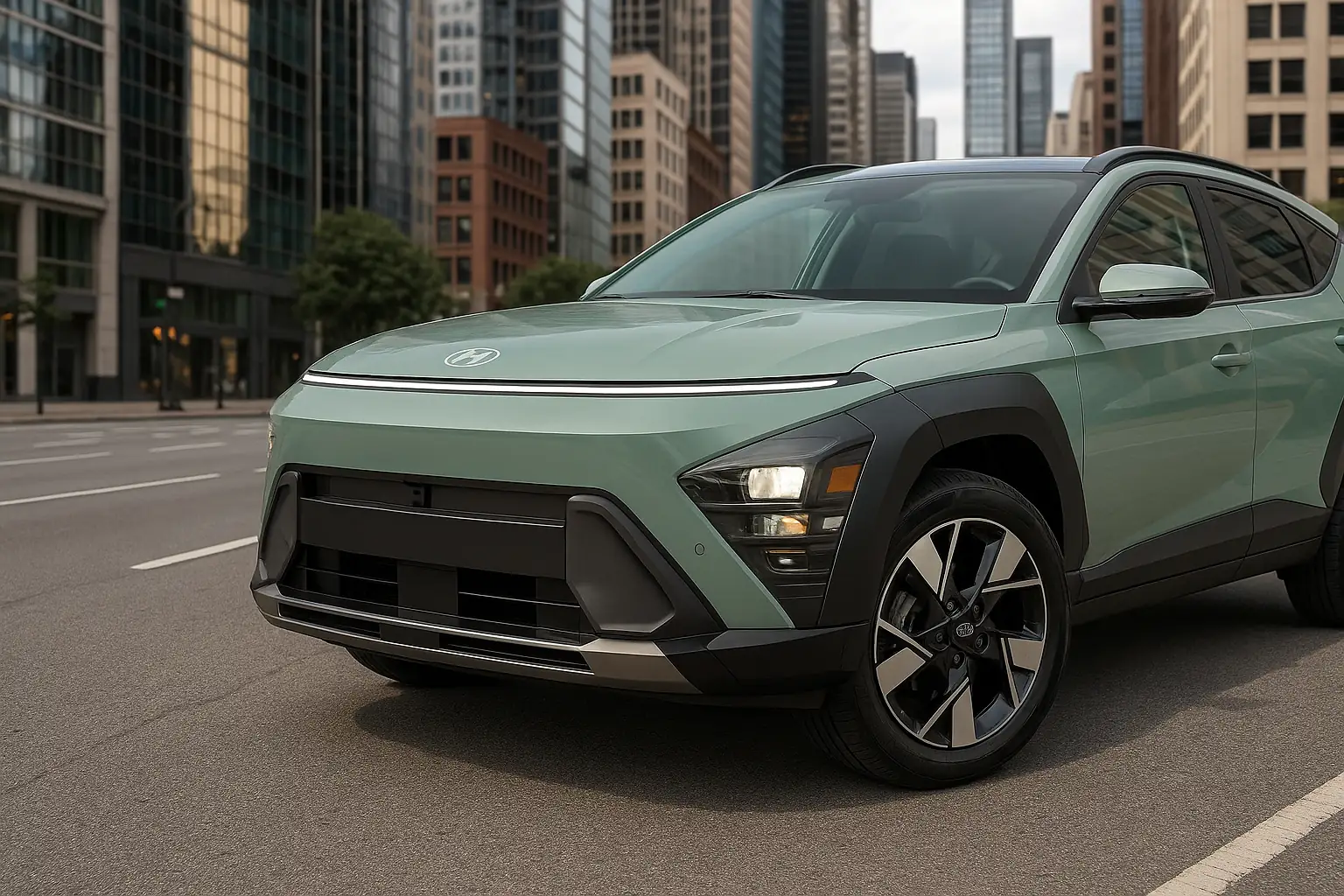
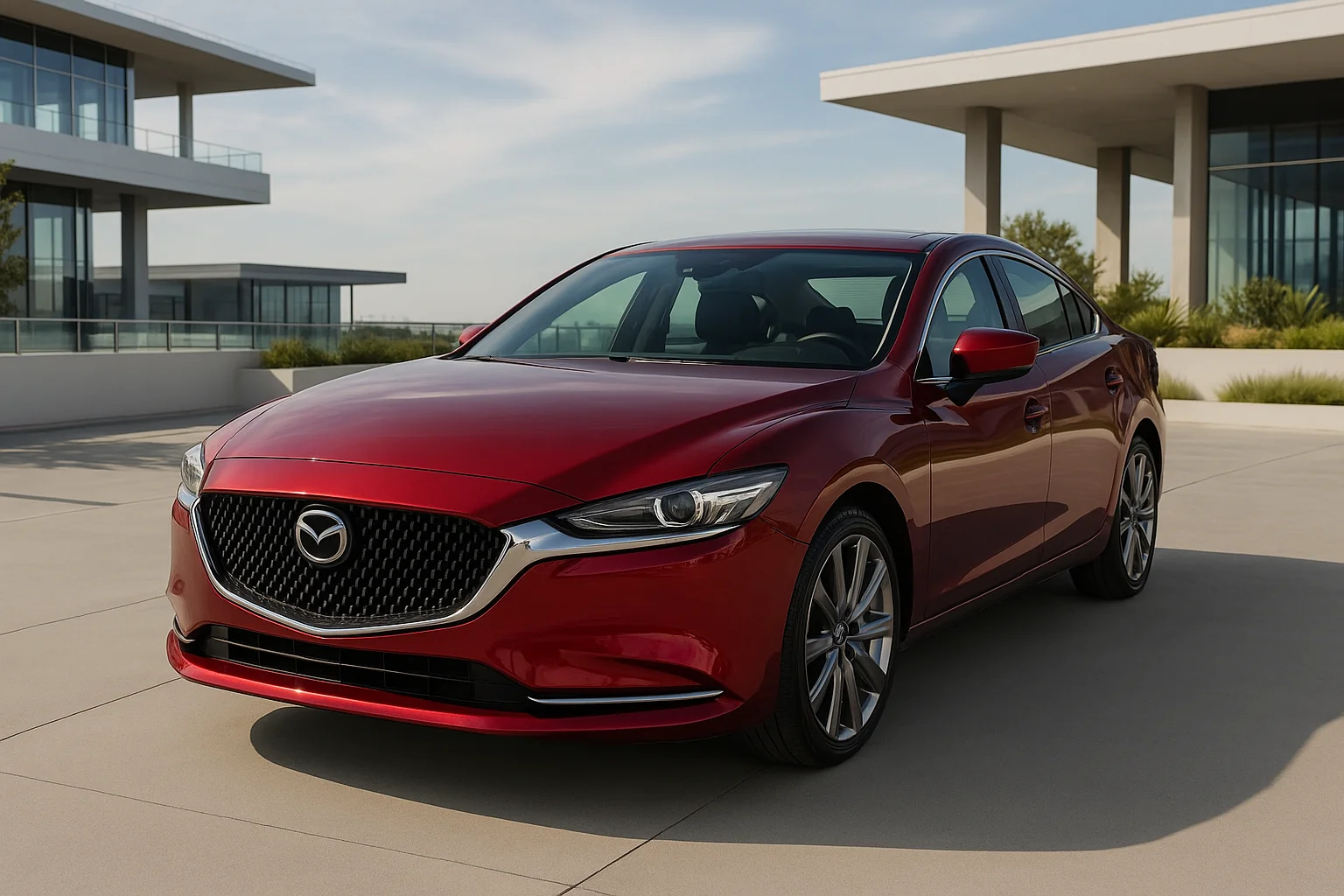
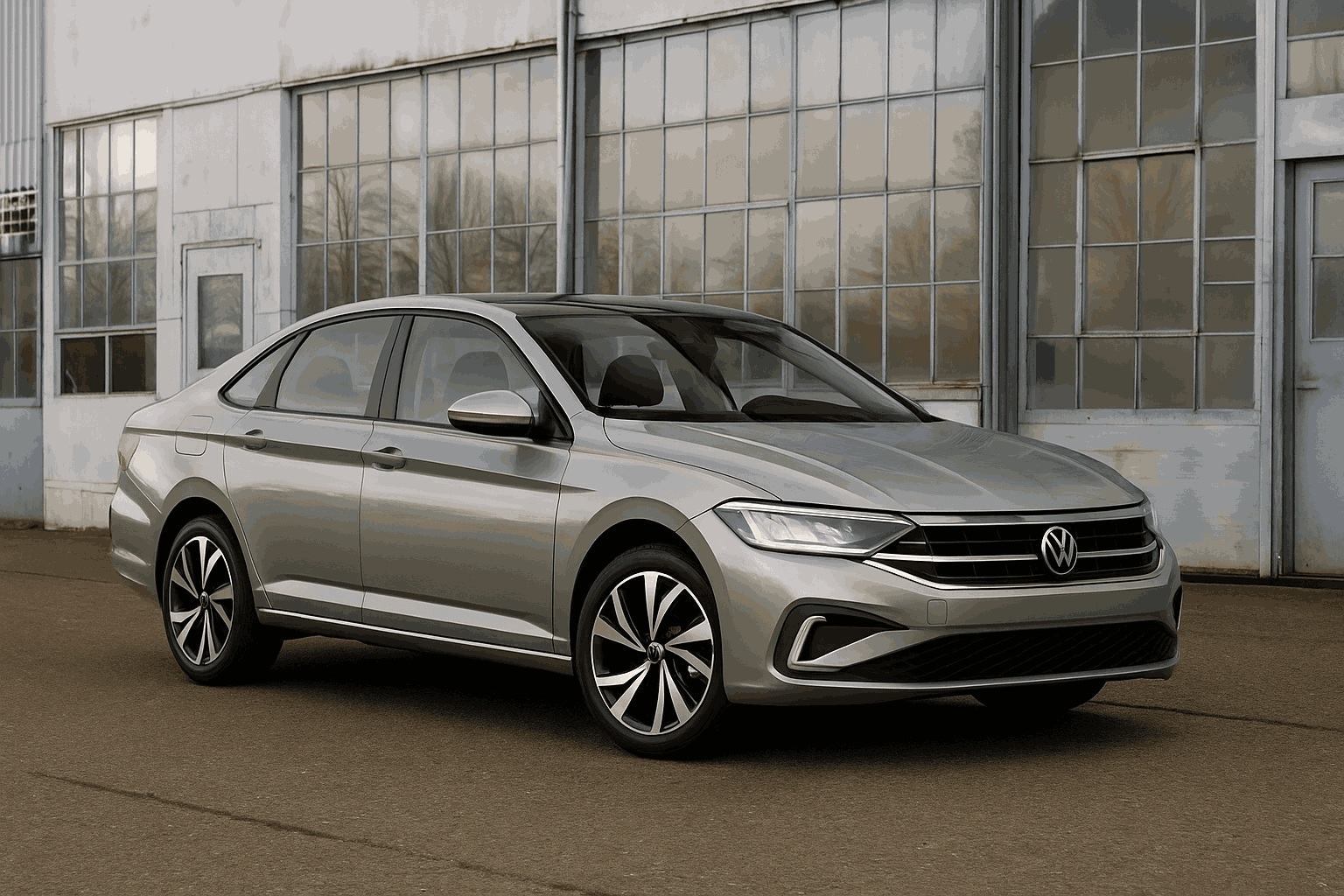
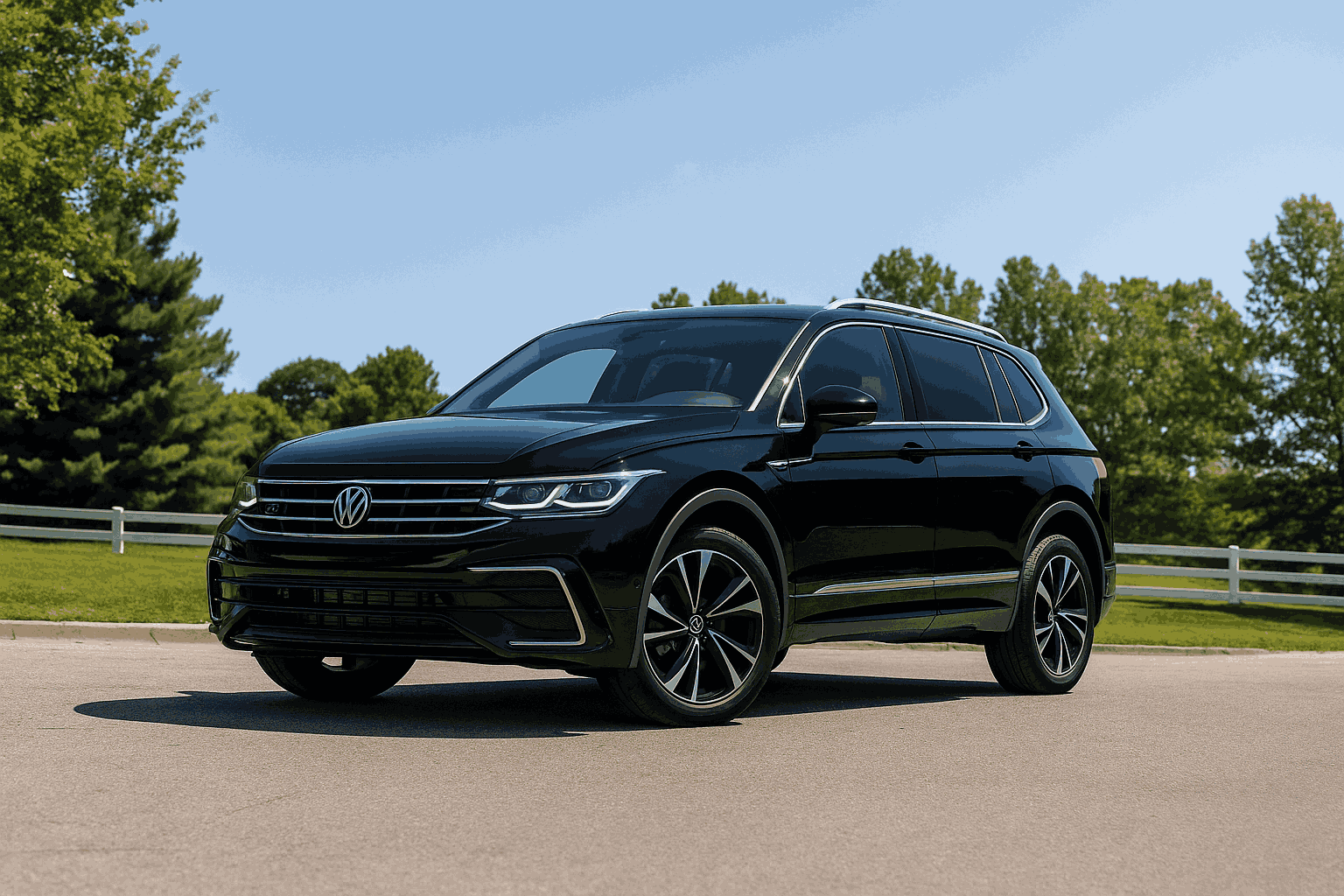
This Post Has 6 Comments
Pingback: 2024 Honda Prologue: Luxury, Price & EV Range
Pingback: 2024 Honda Odyssey Review: Still King of Minivans?
Pingback: 2021 Volkswagen Tiguan Review: Specs, Performance & Pics
Pingback: 2025 Mazda CX-70 Review: Turbo Power vs Hybrid Tech Verdict
Pingback: 2024 VW Atlas Cross Sport Review: Real-World SUV Tested
Pingback: 2024 VW Atlas SEL Premium R-Line: Real-World Review